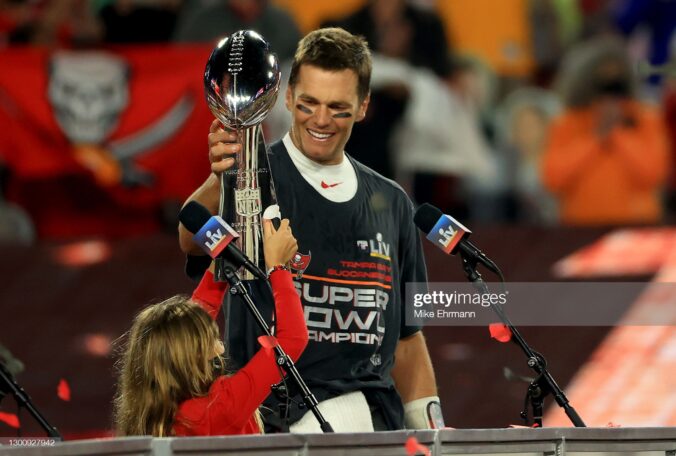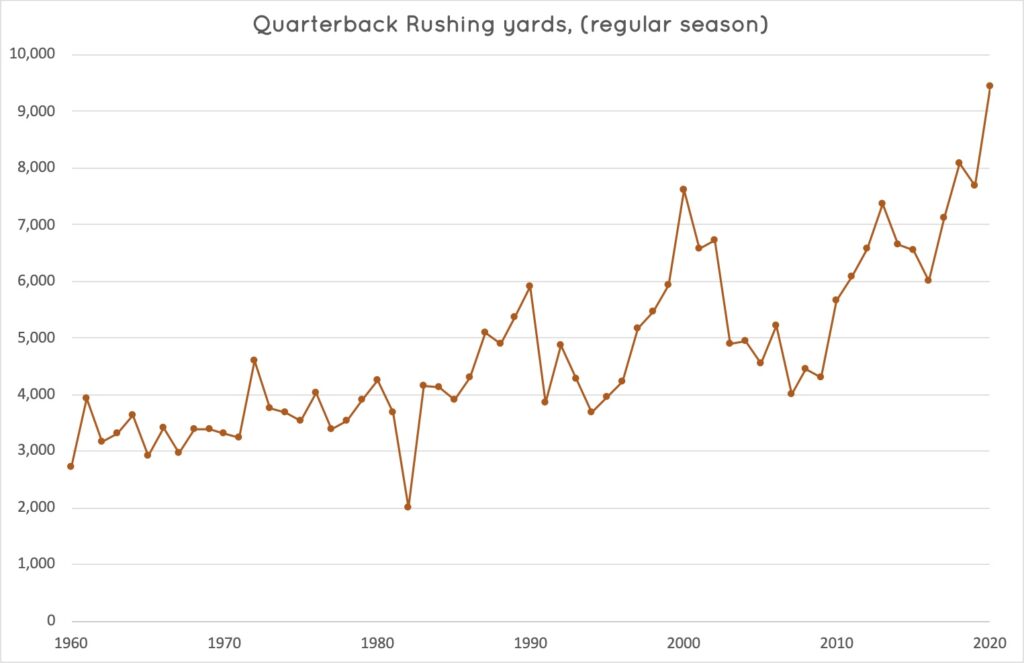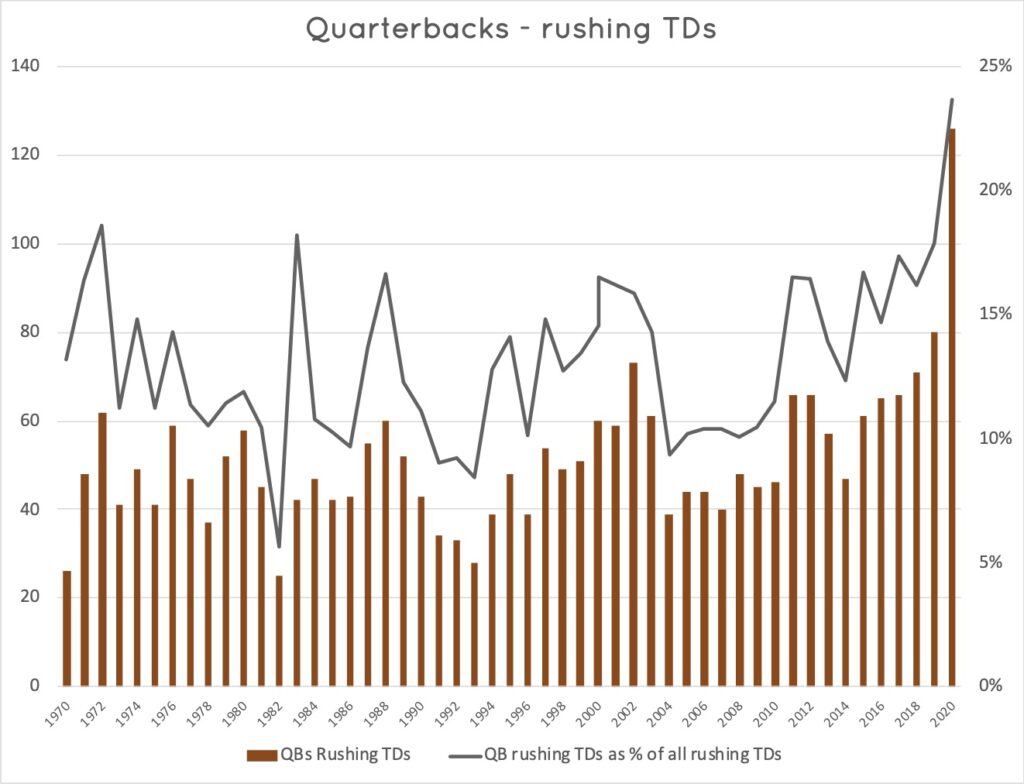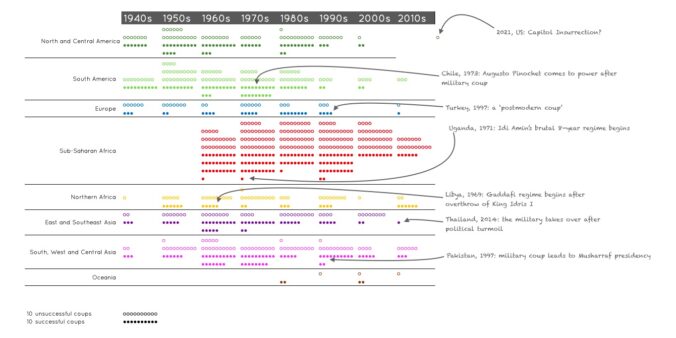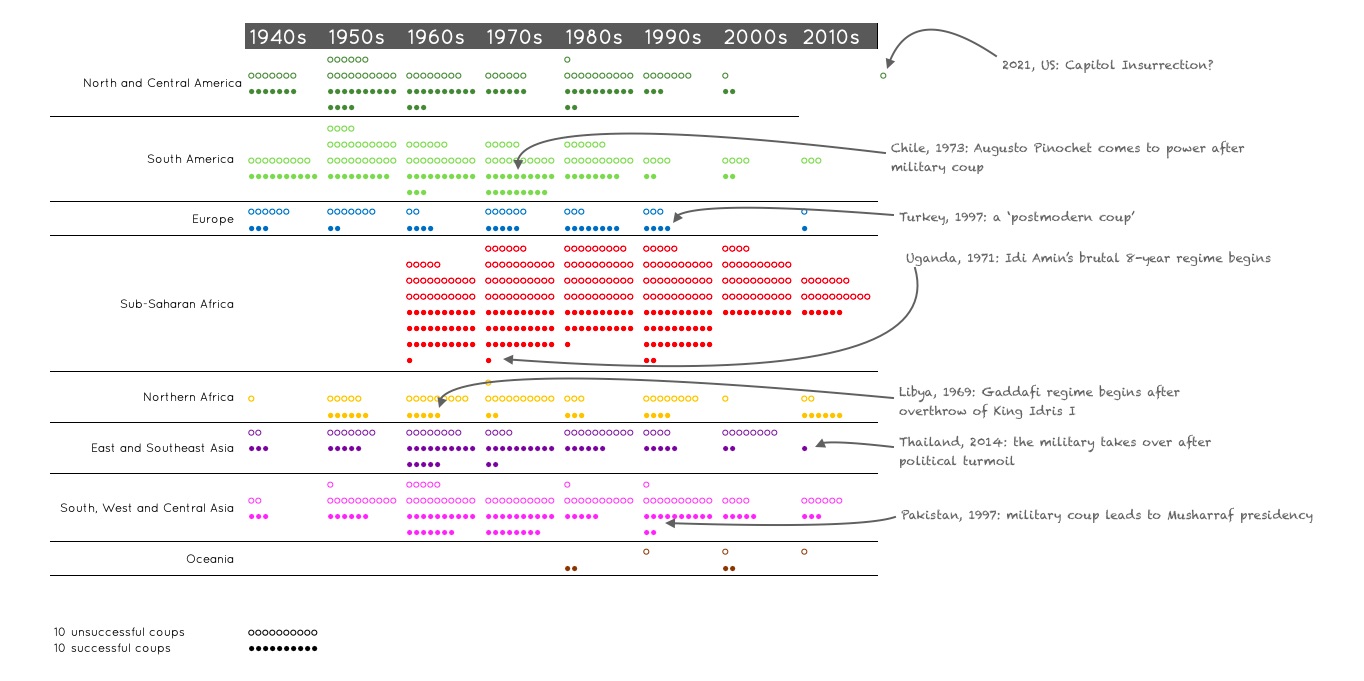
[SIDENOTE: I don’t normally write about productivity / life hacks / systems. But I’ve read enough of them to feel like an expert, and let’s be honest, this isn’t complicated.]
Email. Or e-mail, as it once was. It’s old and crap, you are probably thinking.
Well, I’m here to defend it, and show you how to make it better. It is still old, but definitely not crap.
There are hundreds of productivity guides promising the best system to handle your email. You might think this is just one of those, and fair enough, but it’s more than that. What I’m advocating is also a simple but extremely effective philosophy about how you approach email, and in a way, everything.
Let’s begin with a few home truths.
Email is essential. Want to get access to your bank / utility / mobile account? Better have your email to reset your password. Shopping? Need email. Tickets? Email. Unavoidable. You have to accept that it underpins the account management of most social media, shopping, tickets, travel, utilities and pretty much anything else you can think of, and has done for many years. That’s not about to change.
Email is also a file-sending dream. Want to send me a document, but you’re on Google Docs and I’m on Teams? Never mind, just export and email. This is underrated.
Lastly, it’s a phenomenal newsletter service. Whether it’s niche publications, substacks, or big newspapers, there’s an amazing world of daily news and features that you can get, for free, in your inbox. What’s not to like?
So what’s it bad at?
It’s not great for keeping up with friends and family, quick responses and banter. WhatsApp is far better for that.
And it’s a much-abused work tool. All those large group lists, useless responses, emails with little purpose, discussions that would have been better as a call. Again, Slack and systems like it are often far better. Email has become a hell hole at times. Too many emails mean people just let things slide, don’t process properly.
Slightly undermining the file-sending dream – it’s also terrible for file management: duplicate data and copies. Systems like Google Docs and the like are far superior at avoiding version mishaps. One off documents: great. Version control – no thanks.
Which all means that email is old, unloved and neglected. But it shouldn’t be this way. Because despite these other systems, it still exists, and can be great.
But to get there, you have to think of the parallels with the physical world.
Imagine your (physical) post. Bills, cards, magazines, packages, presents, doctor’s letters, a new credit card. Imagine that you let it all pile up just inside your front door and never threw any of it out or moved it anywhere. That’s what most people do with email. It just sits in the inbox, piling up.
You wouldn’t do that with physical stuff. You open things, take action if required, move the post into your home. Read and throw away a magazine; put tickets in your wallet. And so on. You throw away a lot, if not nearly all of it. That doesn’t mean it wasn’t useful, for a bit. Even if you hoard waaaay too much stuff, you probably throw away most of your mail at some point.
Now, take a second to think about email. How should you tackle it?
First, folders (or in gmail, labels).
Some people have elaborate folder arrangements, and (usually) that’s OK. But in reality, there’s only two folders you need:
- read
- to do
Everything else should be archived, if you are in Gmail, or put in some archive folder, if you are in another system.
That’s it. You might create other, simple folders like ‘travel’ or ‘tickets’, or whatever. But mostly, those two will do.
Then, empty your inbox for good.
Now, when you open your email, your entire mindset should be one of three things:
- I’m here to sort out any incoming mail
- I’m in ‘work mode’ and going to do whatever action a ‘to do’ email requires
- I’m in ‘reading mode’ and fancy reading something interesting
That’s it. Consider that approach for a minute. Email fills many people with boredom or dread, mainly because it’s overwhelming. A full inbox is a mixture of things to do, read, maybe keep, annoyances, things for later, maybe someday, maybe never. That’s a stressful set up.
If you clear your inbox into the simple folder structure I’ve outlined, you are free of all that. You enter your email in the right ‘mode’, every time. It’s not just the removing of the weeds: this approach changes your mindset completely, and means you enter email with a clear purpose. You open your email app with one of only three things in mind: sort, work, or read – it can only be one of these. Let’s explore them in a little more depth.
1) I’m here to sort.
Great – sorting can happen anywhere. On a bus, on the toilet. Whatever. It’s easy. Just ask yourself: what is this email? Here are the typical answers, and the action.
“This email is…
… something I need to do” → do it now if you can, or file in ‘to do’ and do it later
… something I’d like to read (later)” → file in ‘read’
… letting me know about something” → fine, now you know. So delete it. Or archive it if it’s important and you mustn’t forget it (but it probably isn’t). If it’s super critical, print it out. Or save it as a PDF elsewhere.
… just shopping junk” → so junk it. (Better still, unsubscribe if it’s annoying.)
… a message that I need to reply to” → fine, it’s a ‘to do’ item. Or quickly reply now and archive.
… a bill” → archive, unless you need to act on it, in which case, put in ‘to do’.
… a notification about a message in another system” → what, like AirBnB or Facebook? Then delete it, and go to the other system.
You get the idea. Most emails you can tell what to do by the sender and subject. Other’s require a bit of thought. Overall, sorting gets faster and easier. You might need to do it once a day, or more, or less if you really don’t use email much, but the more you do it, the faster and easier it becomes – it’s seconds rather than minutes.
2) I’m here to work.
Great – crack on. Open up ‘to do’ and start from the bottom, as that’s what has been longest neglected. Or just jump into whatever is deadline-driven.
NOTE: Email isn’t some fluid to-do app where you drag items around into priority order like Trello or Asana or whatever. Those apps are different. Email isn’t that. You should have a different app – a physical notebook can be good – to collect your thoughts and ideas. But work often requires email, so get the ‘to do’ folder moving when you can. Remember: work isn’t ‘doing email’ – email is sometimes part of work.
3) I’m here to read.
Excellent. This is one of the best things about email. Hopefully you have signed up to some cool newsletters about your favourite thing, whatever that is. Email newsletters can be awesome. Enjoy, and stick to just reading.
Your ‘read’ folder might become a bit big. Fine – delete stuff, no-one’s testing you on it. But keep it just to things you want to read. It should feel like a fun pile of magazines, or a bookshelf, rather than a chore.
That’s it. Email will always be with us, so approach it with a healthy attitude. Don’t let it fester, or nag at you. Act on it, ruthlessly delete it, clear it, and then you can start to enjoy it, or at least appreciate it again.
FIQs – frequently imagined questions.
I need more folders than just two!
Then do that. But remember – more folders means more chances of missing stuff. Most email providers have good search systems, so you can usually find what you need. Don’t feel guilty – I have lots of folders, but they are for dull reference things like ‘insurance’ or ‘travel’. They work well, as long as you know what you are doing with each. I spend almost all my email time in ‘read’ or ‘to-do’. The others are just in case, really. Although I do like having a ‘waiting’ folder for things I’ve ordered or are waiting on, so I don’t forget things. They then go to archive / delete.
I can’t clear my inbox – it has thousands of emails.
You’re not trying. First step – put anything that requires a reply or an action in ‘to do’, then archive EVERYTHING ELSE. That will do it.
You can then search for a specific email sender that you know sends a lot of email, and always should be in ‘read’. Move the entire results set for that sender. Better still, create a filter or rule on incoming email. OR, go radical, and delete everything from two years ago.
I need a new email.
Fine, that’s up to you. I like Gmail, as the search and archive systems are great.
Actually, I like a cluttered inbox.
Seriously? There’s no helping you. But you’ve read this far, so I think you are just in denial and should try my system.
This sounds suspiciously like GTD.
I like GTD, but that’s a full-on productivity thing, more than just email. GTD also advocates an empty inbox. It’s worth exploring GTD, certainly. It can be a bit cultish, but that’s ok. So is Wim Hof, but we should all take a cold dip now and then.
Isn’t this Inbox to Zero?
Yes, but it’s simpler. Inbox to Zero is more about email in the workplace. I’m talking more about email for life.
Why am I scared?
Deleting stuff is scary. But believe me, it’s great. Give it a go! Free your mind.

